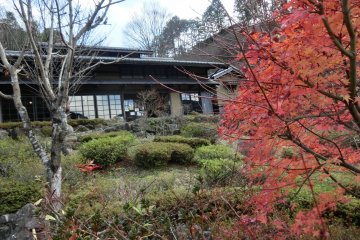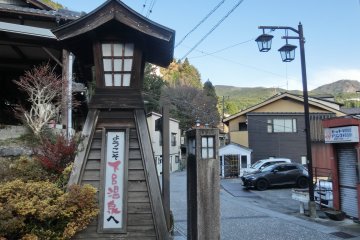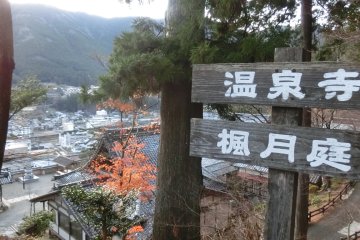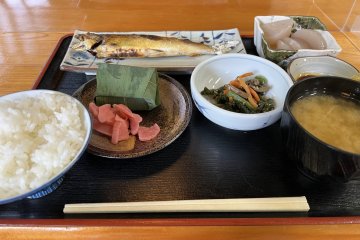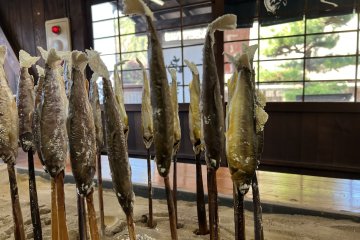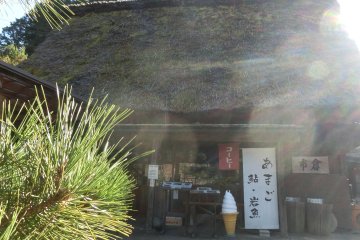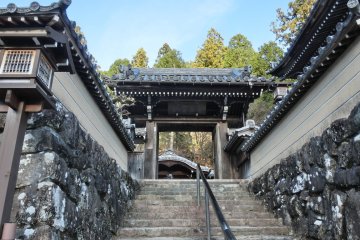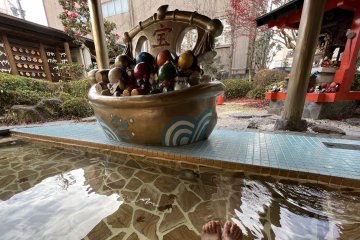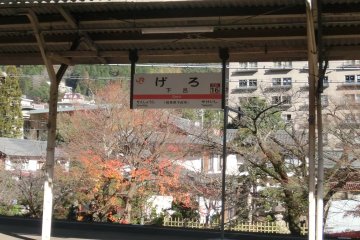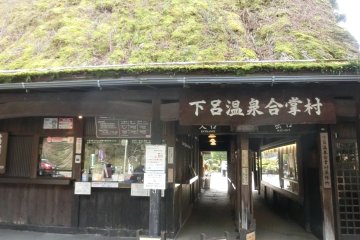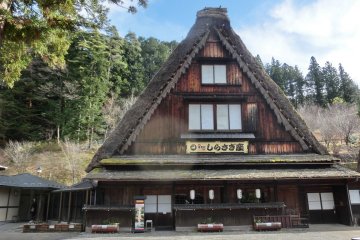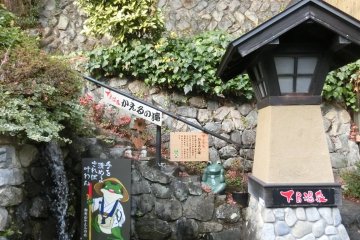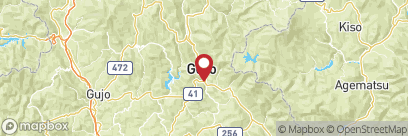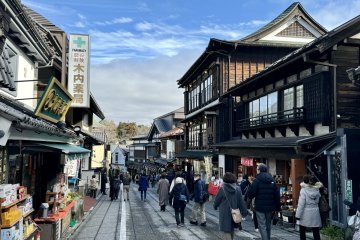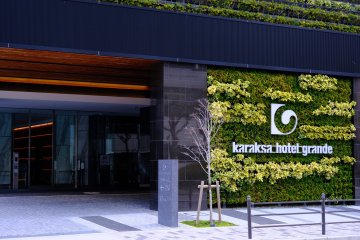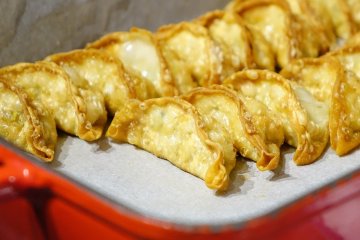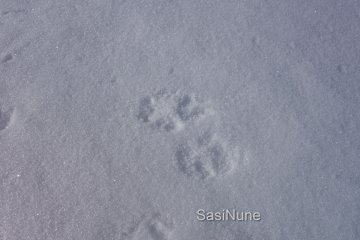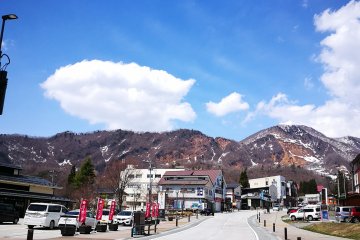With its rejuvenating qualities, it is hard to believe that Gero is only 90 minutes away from Nagoya. Gero is a treat for nature and history lovers alike with its four Fs: Fresh hot baths, Fascinating history, Flavourful authentic cuisine, and Friendly local people.

Recently, the Japan Tourism Agency announced that the domestic travel subsidy program would come back on January 10th, 2023. This discount program is available for Japan residents and requires them to show a residence card with either a negative PCR test result or a triple vaccinated certification when checking in.

To the uninitiated, "Gero" may not have much to offer from the way the word is pronounced, as it reminds us of vomiting (ゲロ) or the crying sound of a frog (ゲロゲロ or ケロケロ). Thankfully, the hot spring is nothing related to above, and furthermore, when it comes to Gero Onsen, it's one of the best three therapeutic hot springs in Japan. More importantly, the Gero hot springs are known as beauty baths as well as healing waters to soothe joints and muscle soreness and eliminate tiredness. Gero Onsen is a popular place for all ages, genders, and nationalities.

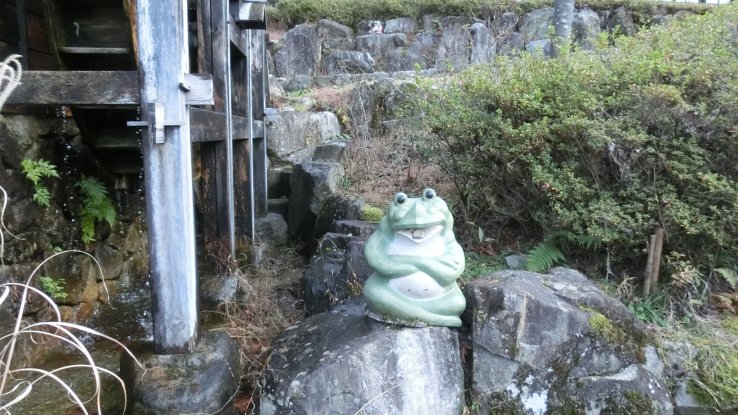
Foot baths (Ashi-yu, 足湯)
Free outdoor baths for feet are available in several spots in the Gero Onsen town. It says foot baths increase your overall body temperature, which can relieve muscle and mental tension. While exploring the town, foot baths will heal your fatigue gently. Just bring your towel.


Old village (Gero Onsen Gassho-Mura, 下呂温泉合掌村)

This historical spot has 10 thatched houses (Gassho-zukuri, 合掌造り). Those traditional houses came from a place like Shirakawa-go, a world heritage town in Gifu Prefecture. 
The Ohdo House, one of the nationally designated Important Tangible Folk Cultural Properties, demonstrates pieces of equipment and tools to give a glimpse into what traditional inhabitants' life looked like. The Ohdo house was built in 1833 and completed in 1846.

While exploring the old Japanese houses, there's an Ashi-yu spot to soothe your legs.
I strongly recommend getting grilled fish skewers at restaurant Ichikura (市倉), one of the restaurants inside the historical site. They grill fresh river fish with salt over 2 hours in a traditional irori fireplace. Sweetfish (Ayu, 鮎), Amago trout (Amago, あまご), and Char (Iwana, いわな) are on the menu. The fish can be eaten from head to tail, including the fishbones.



These are two zones Gassho No Sato and Saijiki No Mori. A long slide in Saijiki No Mori is fun. (100 yen) 
Hours:
8:30 a.m. to 5:00 p.m. Last admission at 4:30 p.m
Admission fee:
Adult 800 yen
Onsen Temple (Onsen-ji, 温泉寺)

Nicknamed the “water for the beautiful person” (Bijin-no-yu, 美人の湯), these hot springs have been used since the early 10th century.
According to Onsen Temple, Gero Onsen has a history of more than 1,000 years, as ancient documents from the Edo period, such as "Hishu-shi" and "Hidagofudoki" imply the hot spring water gushed from the top of Mt. Yugamine during the Tenryaku era (947-957).


The logo of egrets can be seen everywhere in Gero Onsen town. This is the legend of the egret in Gero and the founding of Onsen Temple.
In 1265, the hot springs suddenly stopped spurting. Next year, a single egret lands on the bank of the Hida River every day, and the villagers notice it. The villagers went to the spot and found that the hot spring had sprung up. It is said that when the egret soared high into the sky and perched on a pine tree halfway up Mount Nakane, a shining Yakushi Nyorai (Medicine Buddha) was enshrined under the tree. So they made this temple there.

Japanese-Inn (Ryokan, 旅館)

Besides Yamagata-ya, Bosenkan is one of the oldest Ryokans in Gero city, established in 1818. In Gero city, every Ryokan and Ashi-yu source their water from the same hot springs, according to the Manager of the Reservation Centre of Bosenkan, Shigeyuki Kato.
He says the water of Gero Onsen has a pH of 9.18. This is a higher pH compared to other hot springs that have a pH value of 7.5. The higher the Alkaline water is, the more effective it is for clean skin. With such the energy of the hot spring, it is said to heal Rheumatism, neurosis, nerve paralysis, and fatigue recovery, to name a few. Bosenkan has some English-speaking staff at the reception and the restaurant to welcome international tourists.
Read more about Bosenkan Ryokan: Gero Onsen's Ryokan From Edo Period







